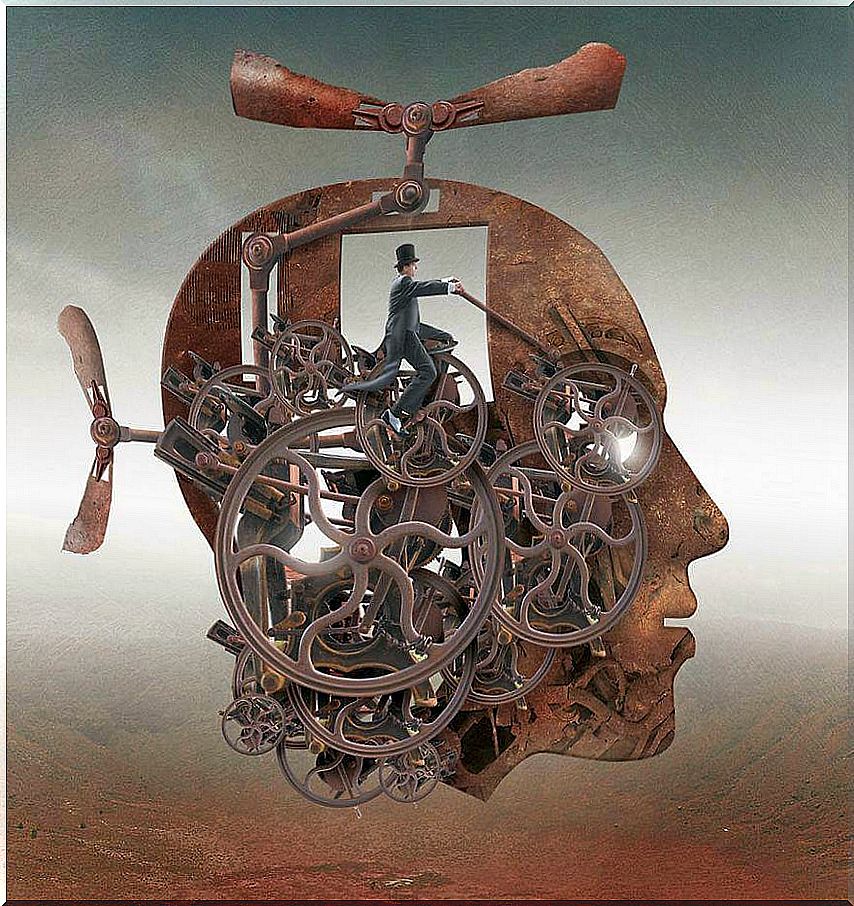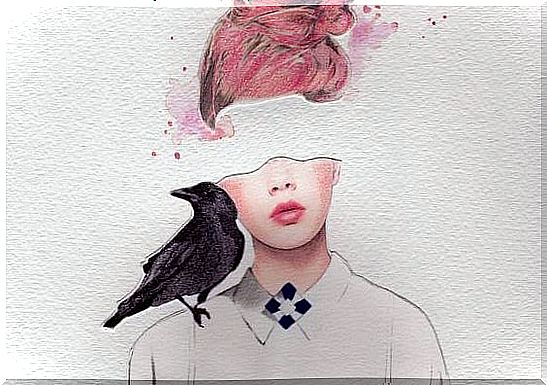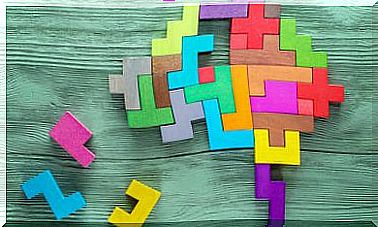The Brain Is As Complex As The Universe

The knowledge about how the brain works is enormous, but it is still too fragmented. This has the consequence that, although it seems incredible, we know less about the brain than about the planet Mars.
However, it is known where and how some basic and fundamental processes of brain activity occur. This is particularly the case with the cortex (or cortex), which is understood as the “most human structure” of the organ of life.
Be that as it may, since the Nobel Prize winner Ramón y Cajal revealed more than 100 years ago the possibility of appreciating the landscapes of the brain, neuroscientists from around the world have not stopped moving forward and studying the wonderful reality thanks to which we live.

Landscapes of the brain
When, through different technologies, we observe the landscapes of the brain, we can contemplate two wonderful characteristics: plasticity and stability. These two characteristics are largely responsible for our having the ability to learn and memorize, which undoubtedly differentiates the human being from the rest of the members of the animal kingdom.
These two basic psychological processes, memory and learning, are anchored in our cortex. Thus, we also have an idea of the structures and exchanges that handle such complex issues as thought, emotion, feeling, movement, etc.
But beyond this What is clear is that our brain is the story of our life and that, without a doubt, we function thanks to the existence of the neuron circuits that are transmitted and speak through electrical impulses constantly.
Our neurons move from one direction to another to feel, to think, to learn or to carry out any task.

Although it is as complex as the universe, today we know of the brain that it is a highly distributed system that constantly works in parallel to help us represent content, perceive ideas, plans, feelings, etc.
In addition, it has been possible to observe how neurons migrate from the inner layers of the brain to occupy certain places in the cortex. According to researchers such as Pasko Rakic, this order to migrate is given by genes, but the connections and their complexity are determined by the environment.
Little by little more and more progress is being made in understanding the wonderful microworld that resides within our body.

A few days ago we learned of the discovery of about 100 new areas in the cerebral cortex, which will allow us to know more in depth what are the differential factors that produce mental illnesses such as depression, schizophrenia, autism, dementia, etc.
However, there is still a lack of coherence between a large part of this information; That is why perhaps the titanic responsibility that now resides in each person who contributes to the development of this knowledge is to try to assemble findings and contribute to the universality of those contributions. Each finding, no matter how small it may seem, is a great step of knowledge.









